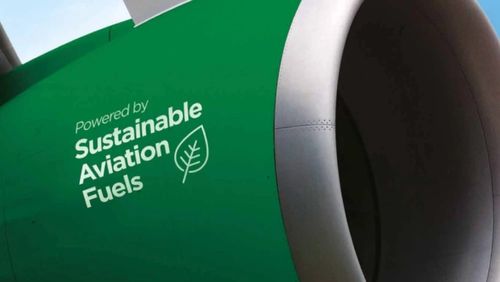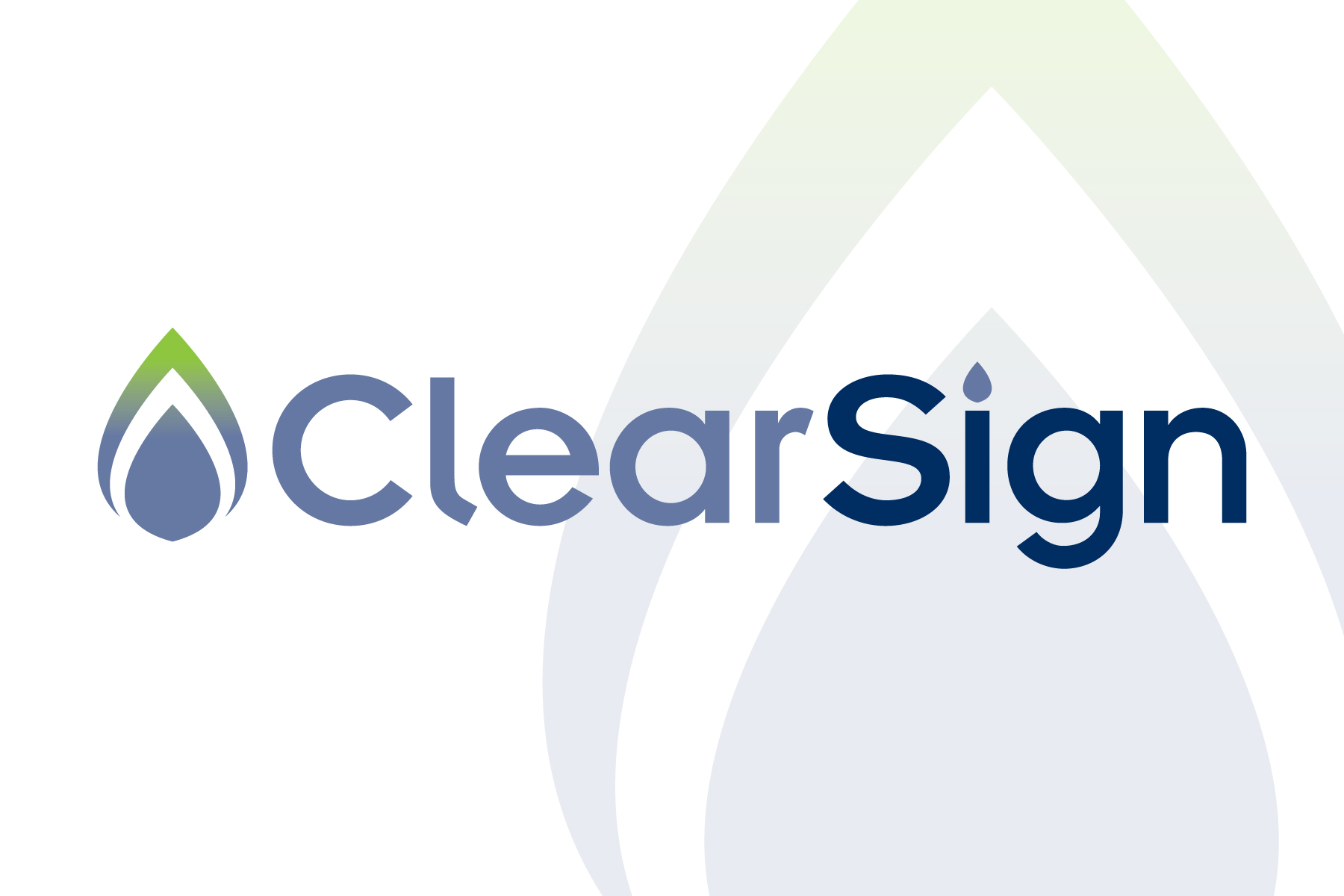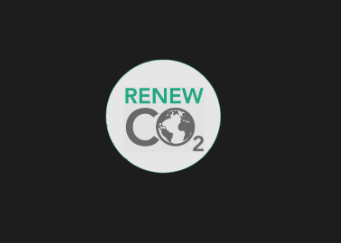Southwest Airlines Co. has launched Southwest Airlines Renewable Ventures (SARV), a wholly-owned subsidiary of Southwest Airlines dedicated to creating more opportunities for Southwest to obtain scalable sustainable aviation fuel (SAF), a critical component in the success of the carrier’s goal to replace 10% of its total jet fuel consumption with SAF by 2030.
The carrier also made a $30 million investment in LanzaJet, Inc., a SAF technology provider and producer with a patented ethanol-to-SAF technology and the world’s first ethanol-to-SAF commercial plant, as part of the SARV investment portfolio, according to a news release.
“Our launch of SARV and our investment in LanzaJet demonstrate that we are not sitting on the sidelines. Rather, we’re in the game by taking proactive, disciplined steps toward securing affordable SAF for Southwest, as we continue to march toward our goal of net zero by 2050,” said Bob Jordan, President & CEO of Southwest Airlines. “We look forward to working with companies and organizations developing important technology, like LanzaJet, which could help us meet our SAF goals.”
Southwest will continue to work with SAF producers to enter into SAF offtake agreements, while SARV will focus on managing Southwest’s SAF-related investments, including the carrier’s previously announced equity investment in SAFFiRE Renewables (SAFFiRE). SAFFiRE has been working with the U.S. Department of Energy’s National Renewable Energy Laboratory (NREL) and has a license agreement and certain exclusivity rights to this technology for the production of cellulosic ethanol. This technology is an important component in converting corn stover, a widely available agricultural residue feedstock in the U.S., to cellulosic ethanol that can then be converted to SAF using LanzaJet’s technology.
Additionally, as part of its agreement with Southwest, LanzaJet intends to build an ethanol-to-SAF facility to produce SAF primarily for Southwest. The planned facility includes capabilities to convert SAFFiRE’s cellulosic ethanol into SAF, which can produce greater quantities of SAF from SAFFiRE ethanol over time.
“SARV’s goal is to help scale SAF through strategic investments, better positioning Southwest to have access to high quality, affordable SAF in accordance with the robust standards of Southwest’s SAF policy,” said Tom Nealon, President of SARV and CEO of SAFFiRE. “Through SARV’s investment in LanzaJet, we’re also entering the next phase in the commercialization of SAFFiRE technology, which is designed to support the production of cellulosic ethanol that can be converted to SAF.”







